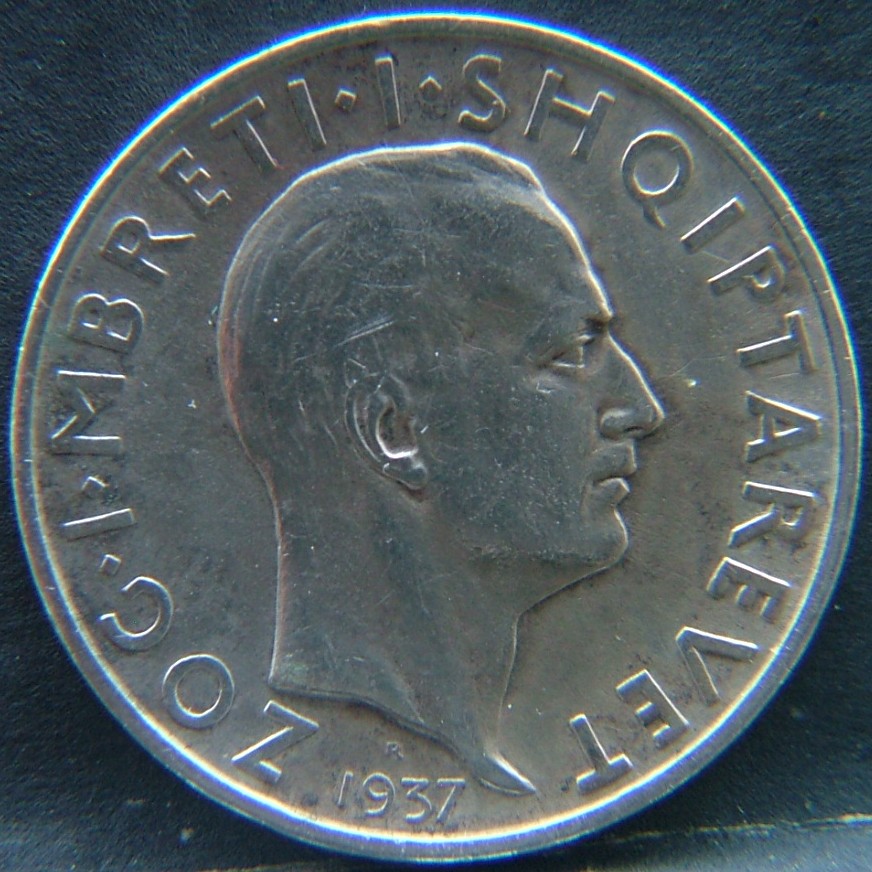Coins of 🇦🇱 ALBANIA – National Coinage Overview
After gaining independence from the Ottoman Empire in 1912, Albania began issuing its own coins, though true national coinage emerged in the 1920s.
During the Kingdom of Albania (1926–1939), silver and gold coins known as Franga Ari were minted in Rome, featuring the portrait of King Zog I and the double-headed eagle, a historic symbol of Albanian sovereignty.
Following the Italian occupation in 1939, coinage reflected foreign control — first Italy, then Germany — until the establishment of the People’s Republic of Albania in 1946.
Under communist rule, coins became simpler in design, often made from aluminum and bearing socialist emblems.
Modern Albanian currency was reintroduced after the fall of communism in the early 1990s. Today, the lek (ALL) remains the official currency, with modern designs depicting national heroes, cultural motifs, and historic landmarks.
Key Periods in Albanian Coinage:
-
🏛️ Early Independence (1912–1925) – Transitional local issues.
-
👑 Kingdom of Albania (1926–1939) – Regal designs, “Frang Ar” system.
-
⚙️ Occupation Period (1939–1944) – Italian and German influences.
-
🔨 People’s Republic (1946–1991) – Socialist and utilitarian coinage.
-
🌄 Modern Republic (1992–Present) – Return to national symbolism.
Symbolism:
🦅 The double-headed eagle — national emblem and symbol of independence.
👑 King Zog I — monarch who modernized Albania’s economy and identity.
🏞️ Motifs of strength, freedom, and national pride.
